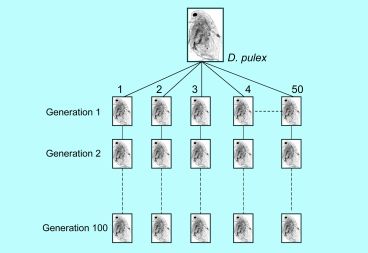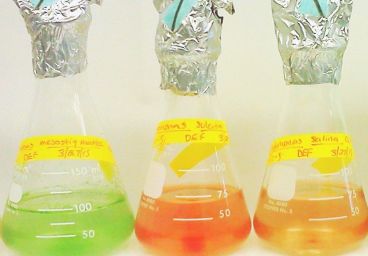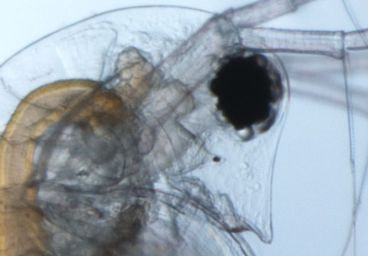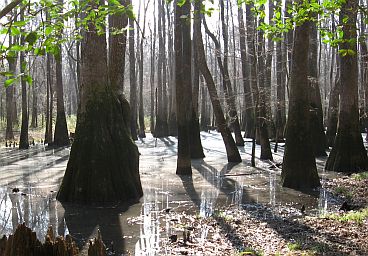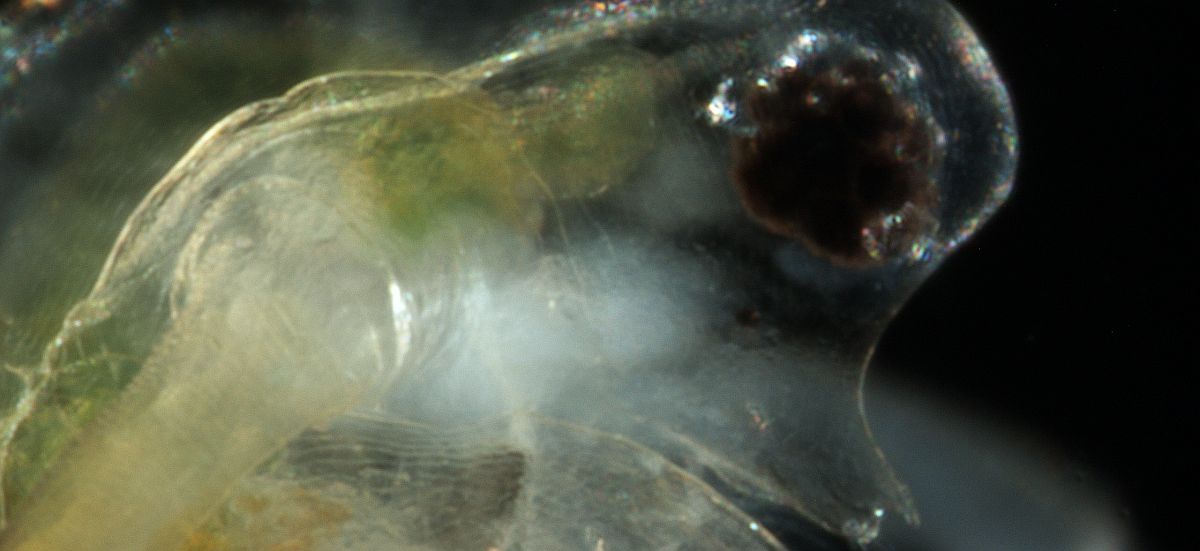
Evolutionary Processes in the Wild
What processes generate the biodiversity we see in the world? We pursue a mechanistic and holistic understanding of evolutionary processes in the wild by integrating information ranging from genetic sequences to community structure. Lab members undertake many different types of projects, including field demography, life history experiments, population and quantitative genetics, experimental ecology, behavior, and genomic analyses. In recent years, we we have expanded our repetoire to include functional genetics, epigenetics, and physiological experiments. Despite the microfuge tubes, pipettors, and gel rigs scattered across our lab benches, we remain anchored in the field.
At first glance, the range of topics in the lab may seem like the dessert table at a Southern potluck dinner (lunch, for the Northerners). We have ongoing projects addressing mutation, vision, photosynthesis, gene families, adaptation, epigenetics, trophic interactions, competition, and liffe history. We even have projects on music, and are moving (gingerly) toward the domain of mathematical models. Our study organisms are mainly crustaceans and protists, but have included fish, plants, and fungi in the past. All of our projects are aimed at understanding the causes of, and constraints on, the ecological diversification that makes the tangled bank seem like an ever-expanding chaos of variation. Because we are interested in both genetic variation and environmental influences upon that variation, many of our projects involve phenotypic plasticity and genotype-environment interactions. Thus the unifying threads that tie our lab together are ecological diversification and phenotypic plasticity. If you're interested in helping us make sense of the chaos, our lab may be a good home for you.
Our conceptual approach is to focus on traits rather than genes or a specific process. Traits set the boundaries of organisms’ distributions, mediate their interactions, and cause their ultimate success or failure. Focusing on traits allows a mechanistic understanding of the processes driving feedback between ecological interactions and evolutionary change. We draw on a variety of disciplines to address fundamental questions about nature and biodiversity: To what extent do adaptive and non-adaptive evolution define the environments in which a population can persist? How do environmental variation and genetic opportunity interact to promote diversification? How do complex traits emerge from simple traits? Does phenotypic plasticity predispose organisms to evolutionary divergence? Where does phenotypic plasticity come from? How do ecological interactions influence the evolution of gene function, and vice-versa? What is the genomic basis of responses to environmental change on ecological and evolutionary time scales? How do genetic and ecological novelty feed back on each other?
Integrating diverse types of information necessitates using a wide variety of techniques, and ours include molecular work (sequencing genes and genomes, genotyping, gene expression profiles, RNAi), field work (environmental measurements, observational demography, community structure analyses, and in-situ experiments), and laboratory phenotypic assays (life tables, growth rate experiments, morphometrics, functional physiology and behavioral assays). We explore new techniques as required by the questions we address, often with collaborators, always with troubleshooting. Our research on photosynthesis in cryptophytes is adding experimental adaptation, phylogenomics, and traditional taxonomy to the mix of techniques.
Our Favorite Traits: Life History, Resource Acquisition, and Vision
For years, our focal traits were linked to aging, the progressive decline of performance that accompanies the unavoidable increase in adult age as time passes. These life history traits include age-specific mortality and reproductive rates, and related traits such as lifespan, growth, body size, juvenile performance, and resource acquisition. Our work on life history evolution has encompassed demographic traits and the physiological and molecular traits on which biodemography is built. One of our central goals was to understand the molecular and cellular mechanisms that underlie natural variation in rates of aging, lifespan, and reproductive senescence. Fundamentally, we sought to build a broader understanding of how genes and the environment interact to govern life history. We have shifted our focus to earlier life history traits however, including juvenile growth, size and age at maturity, early reproduction, and offspring size. These traits allow us to study general principles of mutation, plasticity, and diversity more efficiently than the interminable and giant full life tables necessary to study aging.
In recent years, we have lightened our thinking – literally. Organisms use light in two basic ways: acquiring energy (photosynthesis) or information (vision) from it. In aquatic environments, light is highly variable due to differential absorption of different wavelengths. And characteristics of absorption differ among waterbodies due to variation of physico-chemical properties among waterbodies. This creates many opportunities for ecological diversification. Our work on vision in Daphnia addresses both eye size and color vision. Our work on photosynthesis in cryptophytes addresses pigments and light capture, another form of resource acquisition.
